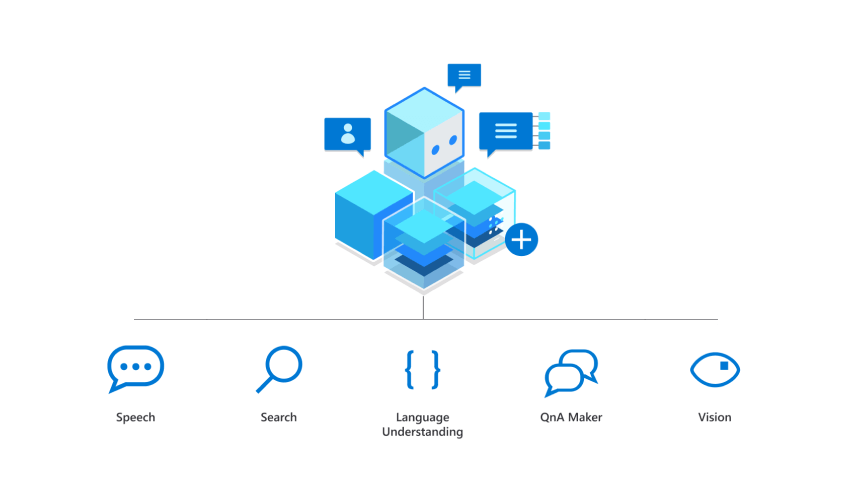The evolving world of digital file sharing
In today’s digital age, sharing files online has become an essential part of our daily lives. The ability to easily and quickly share documents, images, videos, and other types of files has revolutionized the way we communicate and collaborate with others.
Bridging distances with digital solutions
The era when transferring files required physical devices like CDs or USB sticks is over. Today, a variety of platforms enable easy online file sharing. This technology is especially valuable with the increase of remote work and learning, allowing global collaboration. Innovators in this sector are crucial, introducing solutions that streamline and secure the sharing process.
The widespread adoption of cloud storage has revolutionized file sharing, enabling users to access their files from any device with an internet connection. This has greatly enhanced the flexibility and convenience of remote work and collaboration. Cloud-based file sharing platforms, such as Dropbox and Google Drive, have become integral tools for businesses and individuals alike, facilitating seamless syncing and sharing of files across multiple devices and users.
Challenges in modern file transfer services
The conveniences of digital file transfers come with significant challenges. A primary concern is maintaining high transfer speeds without compromising security. Users need to send large files swiftly and safely. Handling different file formats and maintaining compatibility across platforms can also be challenging, along with ensuring privacy in digital arenas. Service providers who effectively tackle these issues gain a competitive edge.
Ensuring the integrity of transferred files is another critical challenge. File corruption during transfer can lead to data loss and hinder productivity. Robust error-checking mechanisms and reliable resumption of interrupted transfers are essential features that file-sharing platforms must implement. Additionally, maintaining compatibility with a wide range of file formats and operating systems is crucial to ensure a seamless user experience across different devices and platforms.
Connecting across the digital divide
Digital file sharing extends beyond business use. In less developed regions, sharing educational materials online can dramatically impact education quality. Innovative companies strive to develop technologies that do more than generate profit—they also aim to bridge global digital divides with powerful, accessible technologies.
Digital file sharing also plays a vital role in fostering collaboration and knowledge exchange among researchers and academics worldwide. By enabling the swift dissemination of research findings, data sets and scholarly articles, file-sharing platforms contribute to the advancement of various fields of study. This global exchange of information helps bridge the digital divide and promotes equal access to knowledge, regardless of geographical boundaries or institutional affiliations.
Guidance for beginners in digital file sharing
For newcomers, digital file sharing can appear overwhelming. It’s important to choose a platform tailored to personal needs, like file size limits or storage options, while also being user-friendly and secure. Beginners should seek platforms with straightforward instructions, reliable customer support, and intuitive interfaces to avoid common mistakes such as unintended file sharing.
When selecting a file-sharing platform, beginners should also consider the level of privacy and control offered over shared files. Some platforms provide granular access controls, allowing users to set permissions for individual files or folders, such as view-only or edit access. This feature is particularly important when sharing sensitive or confidential information. Additionally, beginners should be mindful of any data retention policies and ensure that their chosen platform aligns with their data protection requirements.
From email attachments to advanced file sharing services
Once limited to email attachments, the needs of digital sharing have grown significantly. Today’s services have evolved to meet increased demands by expanding file size limits, transfer speeds and security measures. Moving forward, we can expect more advancements, leading to even more seamless, efficient and secure file-sharing methods.







